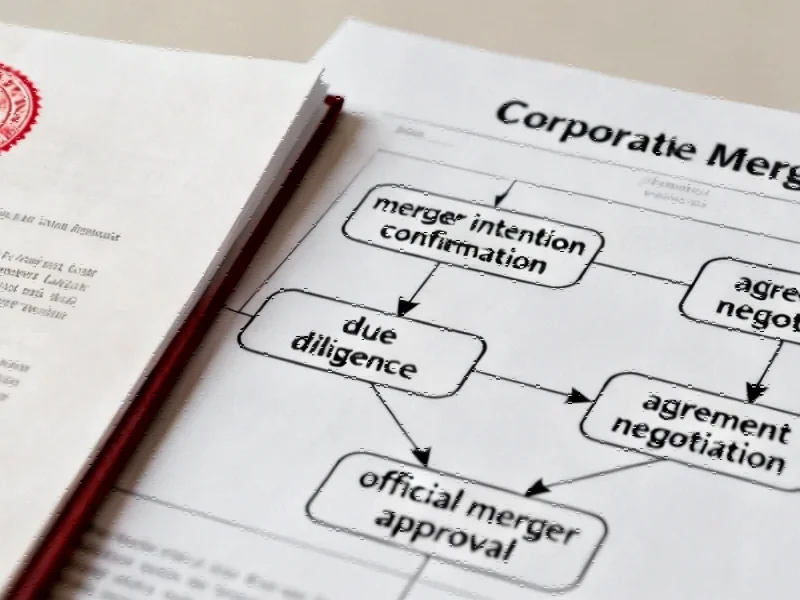According to Aviation Week, L3Harris CEO Christopher Kubasik expects significant Pentagon program decisions to move forward quickly once the government shutdown ends, projecting resolution in November. During the company’s October 30 earnings call, Kubasik noted the shutdown has delayed contract awards, slowed export licenses, and impacted cash collections, with the company anticipating a “busy December” to catch up. Key programs awaiting decisions include the Space Development Agency’s Tranche 3 Tracking Layer involving approximately 54 satellites and hypersonic tracking space sensor technology. Despite these delays, L3Harris raised its full-year sales guidance to around $22 billion from $21.7 billion and projects 2026 performance will exceed current financial targets of $23 billion with 16% operating margins. This optimistic outlook comes as the defense sector navigates temporary government funding disruptions.
Table of Contents
The Real Cost of Government Shutdowns on Defense
While L3Harris and other defense contractors have learned to manage through periodic government shutdowns, the cumulative impact on military readiness and technological advancement is substantial. What often gets overlooked in these situations is the cascading effect on subcontractors and smaller suppliers who lack the financial cushion of major primes. The delay in “cash collections” that Kubasik mentioned represents more than just an accounting issue—it can mean delayed hiring, postponed capital investments, and disrupted supply chains that take months to recover. The defense industrial base operates on thin margins despite massive contract values, and even brief payment delays can create significant operational challenges for smaller companies in the ecosystem.
The Space Development Agency’s Accelerating Timeline
The mention of SDA’s Tranche 3 Tracking Layer highlights the breakneck pace at which military space architecture is evolving. Unlike traditional satellite programs that might take decades from concept to launch, the SDA is pushing for capability deployments in two-year “tranches.” This represents a fundamental shift in how The Pentagon approaches space-based capabilities, moving away from exquisite, billion-dollar satellites toward proliferated constellations of smaller, more resilient systems. The 54 satellites mentioned for Tranche 3 represent just one layer of what will eventually be a multi-orbit architecture for tracking hypersonic and ballistic threats—a capability gap that has become increasingly urgent given advancements by strategic competitors.
The Solid Rocket Motor Capacity Challenge
L3Harris’s comments about solid rocket motor demand exceeding original business cases reveals a broader trend in the arms industry. The acquisition of Aerojet Rocketdyne has positioned the company at the center of multiple high-priority missile programs, from hypersonic weapons to strategic deterrent systems. The capacity expansion discussion around their Camden, Arkansas facility underscores a critical bottleneck in defense production—the specialized infrastructure required for solid propellant manufacturing cannot be rapidly scaled. Building “another 50” buildings, as Kubasik suggested, requires not just capital investment but extensive safety and environmental considerations that make rapid expansion challenging despite apparent demand.
Global Market Shifts and Export Challenges
The slowed export licenses Kubasik mentioned reflect a broader tension in U.S. defense export policy. While international demand is clearly strong—evidenced by the interest in the OA-1K Sky Warden from Israel and other partners—the regulatory apparatus for arms exports remains cumbersome. This creates opportunities for competitors whose governments prioritize defense exports through streamlined processes. The armed overwatch program specifically addresses a growing global need for affordable intelligence, surveillance, and reconnaissance platforms with strike capability, filling a gap between expensive fighter aircraft and limited unmanned systems. As CEO Kubasik navigates these international opportunities, the balance between regulatory compliance and competitive responsiveness will be crucial.
Behind the Upward Guidance Revision
L3Harris’s increased sales guidance to $22 billion deserves closer examination. The 17% organic growth in Integrated Mission Systems, driven by “multiple classified programs,” suggests the company is winning significant work in areas that don’t receive public attention. This classified growth provides some insulation from budget fluctuations and public scrutiny but also creates concentration risk if those programs face future cuts. The projection that 2026 sales will exceed the $23 billion framework indicates management confidence in both the acquisition strategy and organic growth opportunities, but also reflects the inflationary environment in defense spending where program costs are rising across the board.



